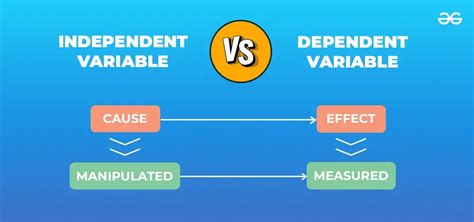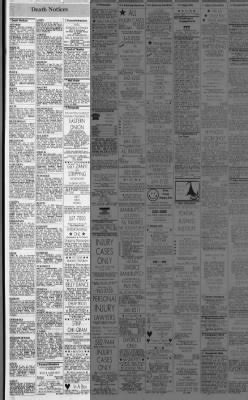In the realm of statistical analysis and research, understanding the concepts of independent and dependent variables is crucial for drawing meaningful conclusions and making informed decisions. A variable, in this context, refers to a characteristic or attribute that can be measured, observed, or recorded in an experiment or study. Variables can be broadly categorized into two types: independent variables and dependent variables. This distinction is fundamental because it determines the direction of the relationship between variables and helps in designing experiments, analyzing data, and interpreting results.
Independent Variables
An independent variable, also known as a predictor variable, is the variable that is manipulated or changed by the researcher to observe its effect. It is the cause or the factor that the researcher is testing or examining in the experiment. The independent variable is under the control of the researcher, who intentionally changes it to measure its effect on other variables. For instance, in an experiment designed to determine the effect of different levels of fertilizer on plant growth, the amount of fertilizer applied would be the independent variable.
Dependent Variables
A dependent variable, also known as an outcome variable or response variable, is the variable being tested and measured, which is expected to change in response to the independent variable. It is the effect or the outcome that the researcher is measuring or observing in response to changes made to the independent variable. The dependent variable is not controlled by the researcher in the same way as the independent variable but is instead the result of the manipulation of the independent variable. Using the fertilizer example, the growth of the plants (measured in terms of height, biomass, etc.) would be the dependent variable, as it is expected to change in response to the varying levels of fertilizer applied.
Relationship Between Independent and Dependent Variables
The relationship between independent and dependent variables forms the core of most scientific experiments and studies. By manipulating the independent variable and measuring the resulting changes in the dependent variable, researchers can establish cause-and-effect relationships. This causality is a key principle in science, allowing for the prediction of outcomes based on controlled changes.
However, it’s crucial to note that not all observed changes in the dependent variable can be attributed to the independent variable. Other factors, known as confounding variables, might also influence the dependent variable. Therefore, experimental design often includes controls to minimize the impact of such extraneous variables and ensure that any observed effects can indeed be attributed to the manipulation of the independent variable.
Examples
Agricultural Experiment: To study the effect of different watering schedules on crop yield, the watering schedule (independent variable) is manipulated, and the yield of the crops (dependent variable) is measured.
Psychological Study: In a study examining the impact of music on mental focus, participants listen to different types of music (independent variable), and their ability to complete puzzles or tasks (dependent variable) is assessed.
Medical Research: Researchers might investigate the effect of a new drug (independent variable) on blood pressure levels (dependent variable) in patients.
Conclusion
Understanding the distinction between independent and dependent variables is essential for conducting meaningful research and interpreting results correctly. By identifying and controlling the independent variable and measuring its effect on the dependent variable, researchers can uncover cause-and-effect relationships, contributing to our understanding of the world and informing decisions across various fields.
What is the main difference between independent and dependent variables in research?
+The main difference is that an independent variable is the factor manipulated by the researcher to observe its effect, while a dependent variable is the outcome or result being measured in response to the independent variable.
Can a variable be both independent and dependent in the same study?
+Yes, in some complex studies, especially those involving multiple stages or factorial designs, a variable might serve as an independent variable in one part of the study and as a dependent variable in another, depending on the context and the specific research question being addressed.
Why is it important to control for confounding variables in experiments?
+Controlling for confounding variables is crucial because these external factors can influence the dependent variable, potentially leading to incorrect conclusions about the relationship between the independent and dependent variables. By minimizing the effects of confounders, researchers can more confidently attribute observed changes in the dependent variable to the manipulation of the independent variable.
In the pursuit of knowledge and understanding, distinguishing between and appropriately manipulating independent and dependent variables allows researchers to design robust experiments, draw valid conclusions, and contribute meaningfully to their fields of study. Whether in agriculture, psychology, medicine, or any other discipline, this foundational concept in research methodology underpins the advancement of science and practice.



